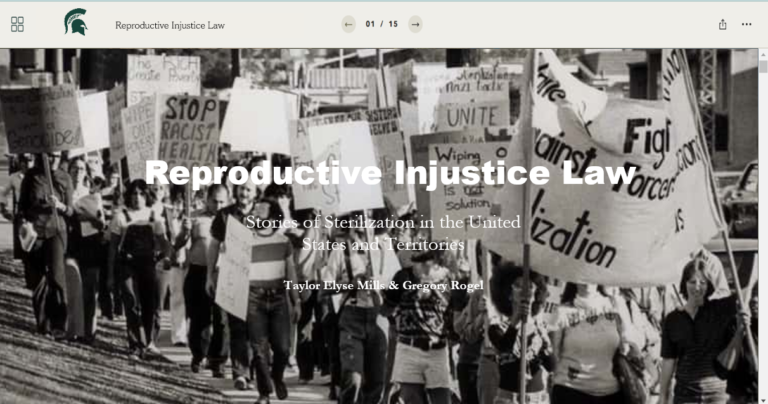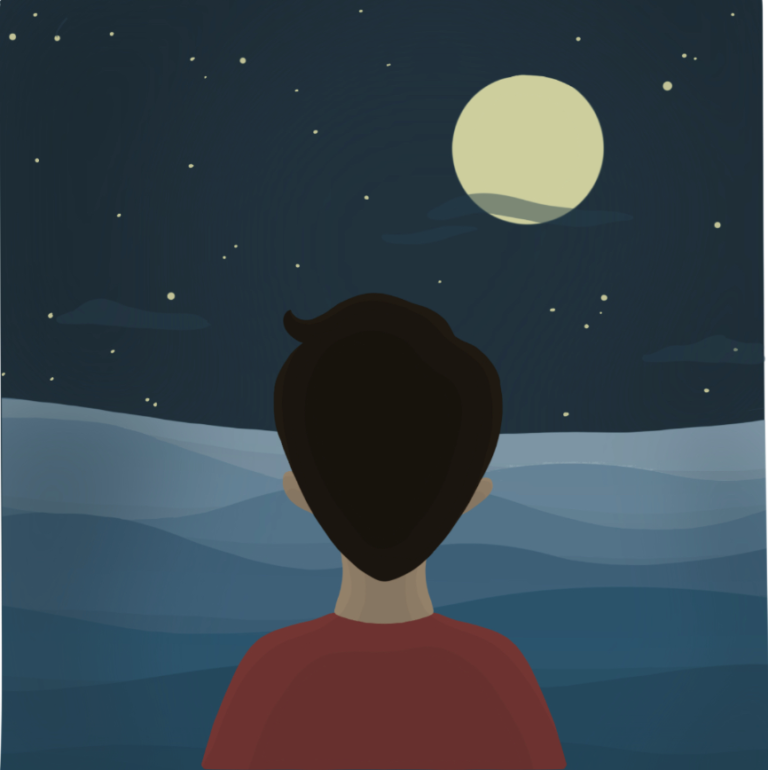Summer 2019 Seed Grant Funding Report
Submitted by Ryan Carty and Matthew Handelman
In the summer of 2019, the DH@MSU Summer Seed Grant enabled Ryan and Matt to build the code for prototype visualizations of archival data of German-Jewish intellectual correspondences during the Weimar Republic. This work is part of a larger, ongoing project, also funded by a Digital Humanities Fellowship from the Research Association Marbach Weimar Wolfenbüttel, to map the social networks that constituted German-Jewish intellectual life in the early twentieth century, especially those networks surrounding liberal-democratic newspaper the Frankfurter Zeitung and the philosopher, journalist, and later film critic, Siegfried Kracauer.The thesis of this project adapts, for research into German-Jewish history, an ability that German-Jewish intellectuals like Kracauer located in technology in the first few decades of the past century–the potential to render the dynamic forces of history legible by focusing the critic’s analytic gaze on its most ubiquitous and, hence, seemingly unimportant details.
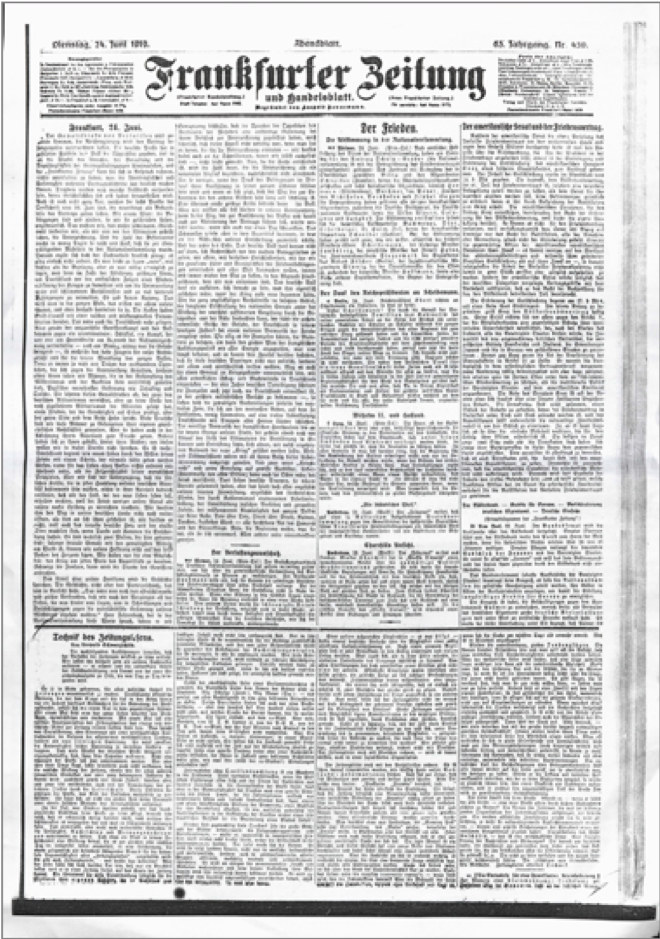
The idea to use digital methods and archival data to visualize German-Jewish intellectual history arose in Matt’s work on his dissertation and, later, on his first book, The Mathematical Imagination: On the Origins and Promise of Critical Theory (2019). While parts of this digital project have appeared –namely, those exploring the archive of Franz Rosenzweig, a philosopher, translator, and co-founder of the Frankfurt Lehrhaus–these were largely limited by barebones visualizations. The goal of Ryan and Matt’s summer collaboration was, hence, to build more robust and dynamic visualizations which would be accessible online to scholars and students of German-Jewish history. During the summer of 2018, Matt worked in the German Literary Archive in Marbach am Neckar to develop a method to capture and refine the archival metadata that provide the foundation for the project. The Summer Seed Grant from DH@MSU allowed Matt and Ryan to collaborate during the next summer and create new visualizations for the German-Jewish archival metadata using the javascript library, D3,js. The rest of this report will explore some of the theoretical and practical concerns that guided Ryan and Matthew’s thinking while creating the visualizations and discuss the outcomes of this work for their future research.
Our work on visualizing the networks around the Frankfurter Zeitung was guided by a number of questions that seek to expand contemporary perspectives on German-Jewish intellectual history. One of the main questions is how German and German-Jewish intellectuals interacted with each other and how German-Jewish thinkers interacted amongst themselves. Was this interaction widespread or mediated between a number of pivotal figures? To what extent can we draw historical conclusions from archival metadata that often reflects the precarity and disruption of German-Jewish life the twentieth century? Ultimately, this work is motivated by the belief that it holds the potential to help address the work of figures and voices traditionally elided in the writing of German-Jewish history: “A better understanding of the social networks that informed and propelled” German-Jewish women such as Hannah Arendt and Margarete Susman, the historian Nils Roemer writes, “might indeed improve our insight into the social process by which ideas circulated.” Data mining and data visualization help us reconstruct these social networks to the extent that the archival record allows.
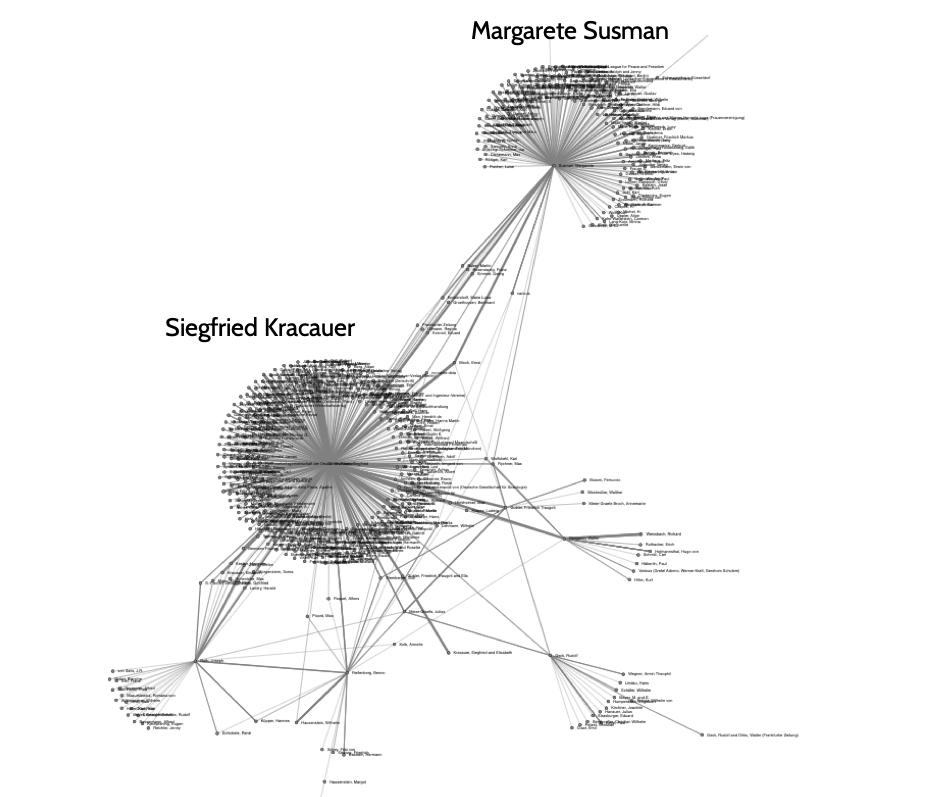
The project consisted of three main tasks: creating a method to harvest data, coding the graphs in D3.js, and plotting sample datasets. Before we move up a layer of historical abstraction, it is important to remember the limitations of the data and the graphs made from them. Their ability to provide reliable information about the configuration of German-Jewish correspondence networks in the early twentieth century is proportional to the question of how representative the metadata are of the archival holdings and how representative the archives are of historical experience–one marked by disruption and diaspora of both humans and objects. The answer, and one that needs further theorizing, is somewhere between 0 and 1. The imagination of a network that perfectly captures the intellectual past participates in the same venture that Kracauer ascribed to photography in 1927: “the go-for-broke game of history.”
Figuring out how to collect archival data proved to be harder than first expected. Most libraries and archives do not provide an API to access their collection database, leaving researchers to scrape the data manually from catalogs, finding aids, and the like. One way around manually gathering the data or writing code to scrape from online library and archive catalogs (to the extent they exist) was through the Kalliope Association, which aggregates data from institutes across Germany, Austria, and Switzerland, including the German Literary Archive (Deutsches Literaturarchiv). Much of Matt’s summer in 2018 was spent figuring out how to access Kalliope’s metadata through the XML protocol Search/Retrieve via URL (SRU). Accessing Kalliope required constructing searches in Contextual Query Language (CQL), consistent with the Encoded Archival Description (EAD) standard employed by the search engine. For instance, the query:
http://kalliope-verbund.info/sru?version=1.2&operation=searchRetrieve&query=ead.addressee=”Kracauer+Siegfried”+OR+ead.creator=”Kracauer+Siegfried”+AND+Briefe+AND+ead.unitdate<=1933+AND+ead.unitdate>=1918&recordSchema=dc&maximumRecords=3000
returns in DublinCore format all documents classified as letters (“Briefe”) created by or addressed to the name “Kracauer, Siegfried” that have a date between 1918 and 1933 (inclusive)–a search that returns the data of 490 letters and correspondences.

Another challenge was transforming the data into a mangable format. Kalliope offers their data in either DC or Metadata Object Description Schema (MODS) formats. Although easier to manipulate, DC data had the drawback that it cut off data that used a corporate names (such as the name of a publishing house like the “S. Fischer Verlag”) as creator. Using a more descriptive format like MODS worked but proved to be a circuitous strategy to gather data: the hierarchical MODS format had to be flattened with an XML script written by MSU Libraries’ Lucas Mak but still, after much experimenting, proved easiest to use in tandem with OpenRefine when converted into the JSON format.
The data used as a beta version to create the prototype visualizations included Matt’s archival work from the summer of 2018 on the feuilleton at the Frankfurter Zeitung–an arts, culture, and politics section immensely popular in the nineteenth and twentieth century. These data stem from the editors and authors of the feuilleton at the Frankfurter Zeitung and were expanded with data from a previous project, “Digital Humanities as Translation: Visualizing Franz Rosenzweig’s Archive” in order to test the graphs with more complex data sets. The two networks include data from the following sources:
| Feuilleton at the Frankfurter Zeitung | Frankfurter Zeitung and Frankfurt Lehrhaus |
| Benjamin, Walter Geck, Rudolph Gubler, Friedrich T. Kracauer, Siegfried Reifenberg, Benno Roth, Joseph Susman, Margarete | Benjamin, Walter Geck, Rudolph Gubler, Friedrich T. Kracauer, Siegfried Reifenberg, Benno Roth, Joseph Rosenzweig, Franz Susman, Margarete |
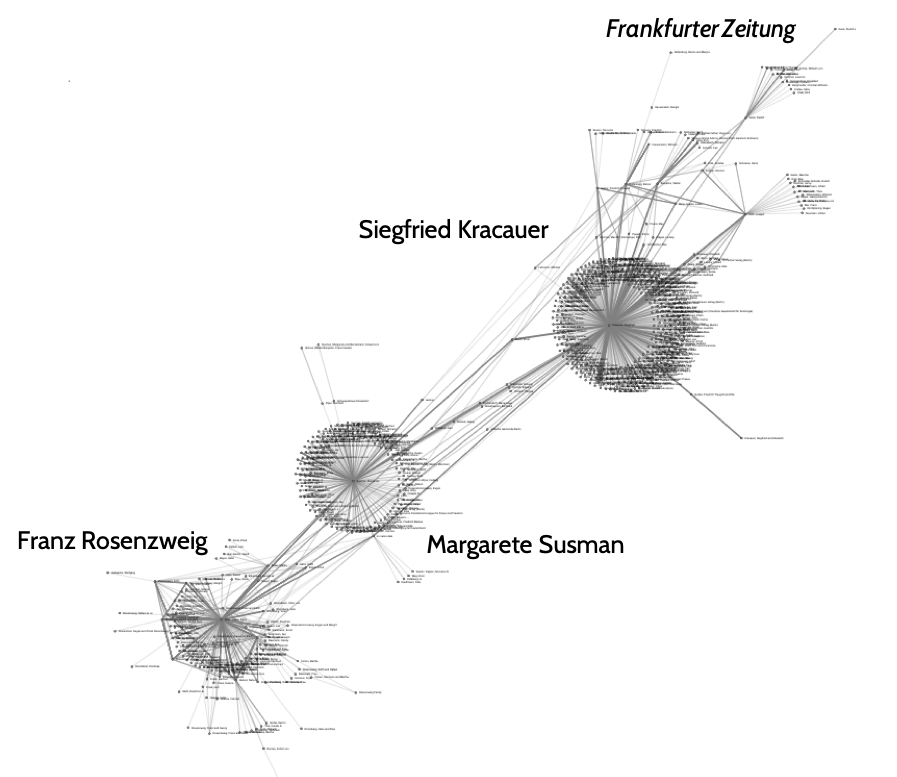
The complex data sets were transformed into web-based social network visualizations with D3.js, a JavaScript library. The visualizations were created as force directed graphs, which use physics-based principles to display the relationships between people in the network. The prototype visualization was built on GitHub to facilitate collaboration between Matt and Ryan. The visualizations contain several interactive features that allow users to engage with the connections between the people in the network. These features include drag, zoom, tooltips, and labels. The drag and zoom features allow users to move the people in the network to different locations in the viewing window, while also zooming into and out of the clusters. The tooltips and labels display the data connected to each of the nodes and their links to other notes in the force directed graph. Accessory features were added to the visualization to enhance the user’s ability to work with the data. Connections between individuals were drawn with curved lines and arrows to illustrate who sent and received letters. Moreover, the width of the lines was calculated as the square root of the number of letters sent between the two people. The color of the line represented the archive in which the materials are deposited. The prototype visualizations built on GitHub could then be connected to either data set to display as a web-based social network visualization.
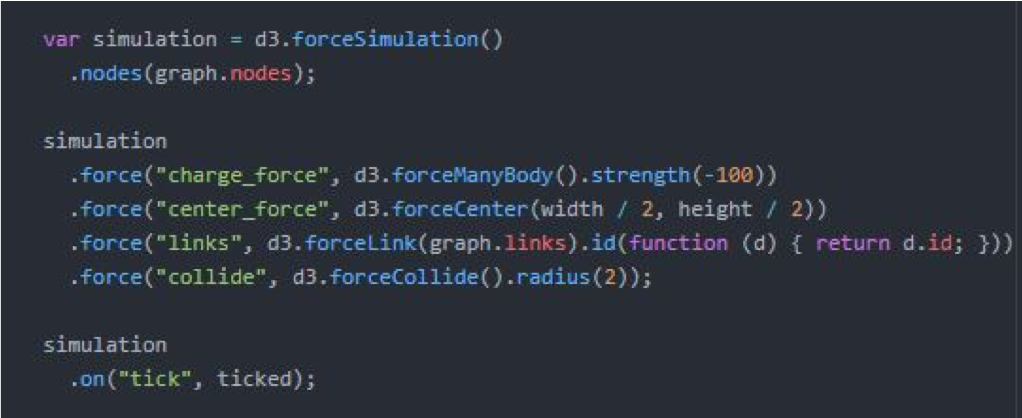
Ultimately, Ryan’s work on the social network visualization relates to his dissertation research in the history department, where he focuses on commodity histories in West Africa. Ryan first used D3.js to construct data visualizations as part of the Cultural Heritage Informatics (CHI) fellowship. He built visualizations of nineteenth century and twentieth century trade data on commodity exports from Africa to Europe. In future, Ryan plans to build on his experience in this project to explore the social networks of traders in West Africa in the early twentieth century. These networks are important for understanding the changing dynamics of internal trade during the colonial period in African history.
These prototype network graphs and their code provide Matt with more solid foundation from which to explore the intellectual networks of German-Jewish history. At this point, the next task is to expand the dataset to include a more diverse and representative group of German-Jewish intellectuals and authors, such as Hannah Arendt, Martin Buber, Käthe Hamburger, and others. In the meantime, the prototypes that resulted from Ryan and Matt’s work during the summer of 2018 offer a few hints of the social structure of German-Jewish intellectual life between the wars. In figure 4, we see that Susman and Kracauer serve as intermediaries between the group around Rosenzweig and the staff of the Frankfurter Zeitung. For instance, the path from Martin Buber, one of the era’s most prominent Jewish philosophers, to a major news venue like the Frankfurter Zeitung runs here through Susman and Kracauer. Perhaps the German-Jewish dialogue before the Second World War was less a mass phenomena of inter-faith debate than a selective conversation mediated and regulated by a small set of individuals.
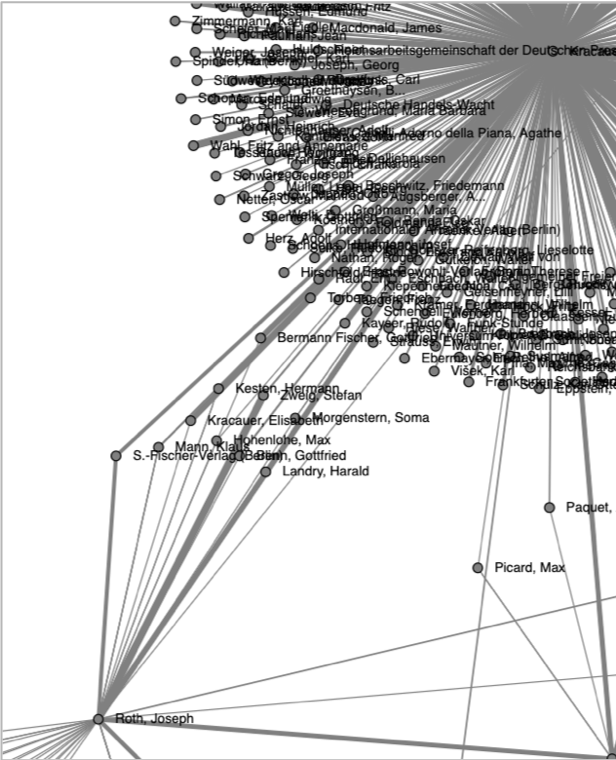
Another feature that pops out especially in the preliminary network focused on the editorial staff of the feuilleton of the Frankfurter Zeitung are the cliques surrounding certain individuals. For instance, between Joseph Roth, an Austrian author and regular writer for the Frankfurter Zeitung, and Kracauer we find a distinctly literary group, including authors like Klaus Mann and Gottfried Benn. Likewise, we see a cluster of authors, editors, and publishers in the orbit of Kracauer and the feuilleton’s editor in the early 1930s, Friedrich T. Gubler–Dolf Sternberger, Marx Rychner, and Julius Meyer-Graefe. Since the feuilleton rarely published materials from anyone not directly connected to the newspaper, author-editors like Roth and Kracauer controlled access to the feuilleton’s editors for outside authors at the newspaper, even those better-known today like Benjamin. These networks show a small but not insignificant sliver of the intellectual constellations that shaped the cultural debates of the Weimar Republic.
Beyond Ryan and Matt’s individual research, we see here that, even as the interconnectedness of the current world may appear the result of the digital revolution, interconnectivity, social networks, and key nodal figures were already salient aspects of German-Jewish intellectual life in the early twentieth century. Perhaps gathering and thinking through more data can help us not only create a better historical image of this past, but also better understand the circulation of ideas and their effects in the present.
